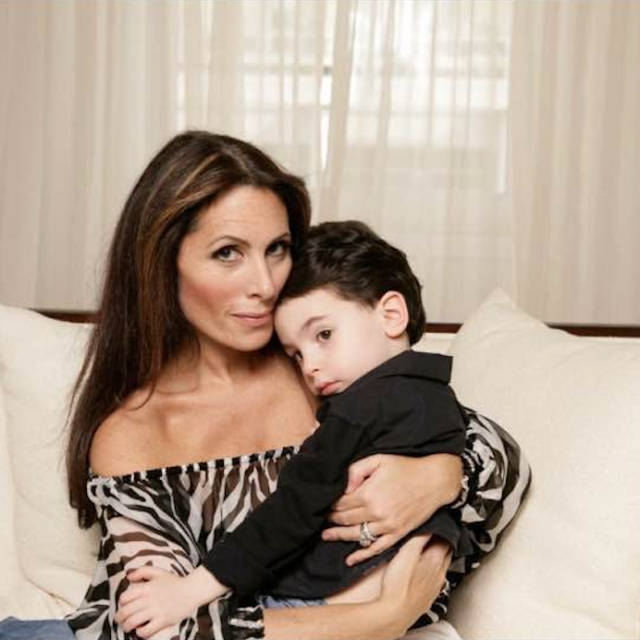By Kelly Posner Gerstenhaber, PhD
Every 40 seconds, someone in the world dies by suicide. According to a 2010 study, suicide has claimed more lives worldwide each year than war, homicide and natural disasters combined, and kills more people in the U.S. than car crashes. It is the No. 1 killer of teenage girls in Europe and Southeast Asia and the second-leading cause of death in all people aged 15-34 in the U.S. Eight percent of your average adolescents report making a suicide attempt each year and two-thirds of all gun deaths are suicides.
The CDC recently reported that life expectancy in the US has dropped, making us the only developed nation in the world with a downward trend and suicide is a significant contributor.
Suicide and its greatest cause, depression, do not discriminate—they touch everyone. It is often the No. 1 cause of death among police and in an average 100,000-employee corporation, every six days an employee or family member will die from suicide. Depression is the No. 1 cause of work-related absence.
These numbers only echo the devastating ripple effects suicide has on families, communities and the economy: 135 people are affected for every person who dies by suicide and these effects linger across generations because of the silence that often follows.
We don’t have a cure for cancer but we do know how to prevent suicide. One of the greatest barriers to saving lives is people failing to view mental health like physical health. The biggest cause of suicide is depression, a heritable biological medical illness, and the most debilitating disease in high- and middle-income countries (and soon to be everywhere). However, our society does not view depression the same as, for example, cancer, where you wouldn’t hear the word “choice.”
Since we’ve developed modern antidepressants like Prozac, suicide rates have dropped dramatically across the world. Treatment saves lives, but unfortunately most people who need treatment don’t get it. We don’t have this problem with other medicines like antibiotics or insulin.
Another barrier: lack of screening for suicidal thoughts. Nearly 50 percent of suicides see their primary care doctor in the month before they die, and most adolescents who have tried to end their own lives present to the ER for non-psychiatric reasons.
We need to screen and monitor like we do for blood pressure, hearing or vision. People want to be asked. My friend Kevin Hines survived jumping off the Golden Gate Bridge and said if just one person had asked him if he was OK, he wouldn’t have done it.
The person buying the gun at the gun shop does not want to die but does not know there is hope and help available.
These are exactly the reasons why we have seen the remarkable power of asking; putting the right questions in everyone’s hands has actually helped lower the suicide rate. We must go into communities to break down the walls of stigma and misunderstanding, because when a community comes together there is hope.
Now parents are asking their children, and millions of people around the world know that it is OK to ask. That is helping us to save lives.





